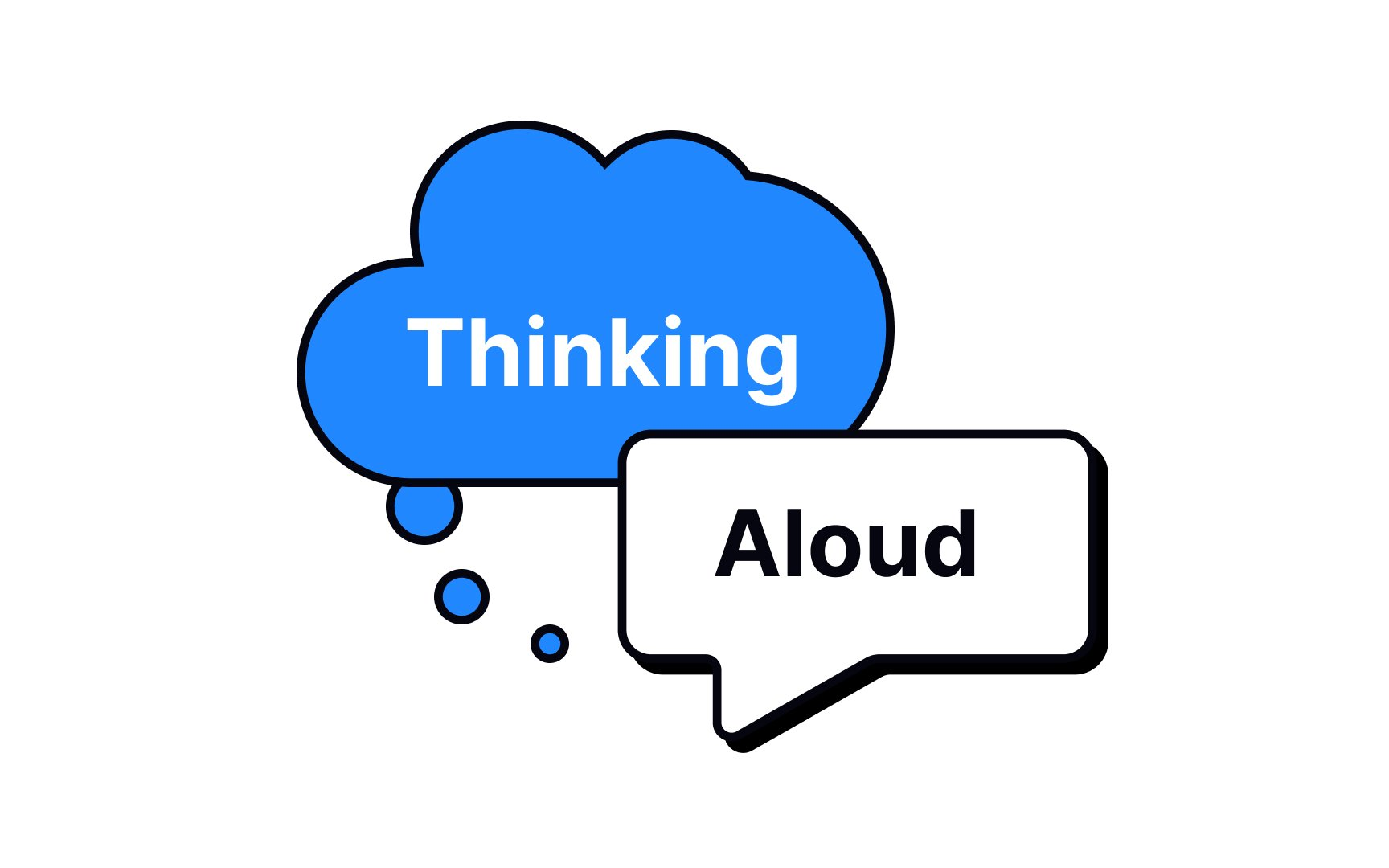Why "Thinking Aloud" Is More Valuable Than a Survey

When testing a mobile app, it’s tempting to rely on surveys to understand what users think. But while surveys can capture general opinions, they often miss the moment-to-moment confusion, hesitation, or decision-making that truly defines user experience.
That’s where the “thinking aloud” method comes in—a usability testing approach that asks users to verbalize their thoughts as they navigate an app. This real-time feedback reveals not just what users do, but why they do it.

What Is the "Thinking Aloud" Method?
In a thinking aloud test, participants are asked to speak their thoughts out loud while interacting with an app. They might say things like:
-
“I’m looking for a settings button, but I don’t see it.”
-
“This icon looks like it might be for downloading… I’m not sure.”
-
“I thought this would take me to the next step, but it didn’t.”
By vocalizing their reasoning, you gain direct access to their thought process—something a post-test survey simply can’t capture.
Why It’s More Insightful Than Surveys
-
Unfiltered reactions: Users share thoughts as they happen, not how they remember them later.
-
Discover hidden usability issues: You see confusion the moment it arises—even if users eventually figure it out.
-
Understand mental models: You learn how users expect your app to work, not just if they completed a task.
-
Catch misleading assumptions: Sometimes users report a task was easy, even though they struggled silently. Thinking aloud shows the struggle.
Real-World Example: Clarifying a Critical Button
A project management app noticed high task abandonment rates during usability testing. Surveys didn’t offer a clear answer—users simply rated the app “easy to use.”
But during a thinking aloud session, multiple testers said things like:
“I want to submit the report from this page, but I don't see the button here.”
The submission button was hidden on a separate screen, not the task summary page where users naturally expected it. Based on this feedback, the team relocated the button.
The result:
Task abandonment dropped significantly. A simple interface tweak—guided by spoken user thoughts—made a measurable impact.
How to Run a Thinking Aloud Test
-
Brief your users: Ask them to speak their thoughts freely as they interact with the app.
-
Give open-ended tasks: Avoid guiding them too specifically. Let them explore.
-
Stay neutral: Don’t explain or correct. Your role is to observe and listen.
-
Record the session: Video or audio recording helps analyze behavior later.
-
Note hesitations and emotional cues: Frustration, confusion, or surprise are key signals.
Analyzing the Feedback
-
Look for patterns in user confusion or repeated misunderstandings.
-
Pay attention to expectations (“I thought this would do X…”).
-
Note what wasn’t said—features users didn’t notice may be too hidden.
Conclusion
Surveys tell you what users remember. Thinking aloud tells you what they experience.
By encouraging users to speak as they interact, you gain real-time insight into how they interpret, navigate, and respond to your app’s interface. It’s one of the simplest, most revealing methods for improving usability—and one of the most overlooked.
Before your next testing session, try asking: “Just say what you're thinking as you go.” You might be surprised by what you hear.


Subscribe to follow product news, latest in technology, solutions, and updates
Other articles for you



Let’s build digital products that are simply awesome !
We will get back to you within 24 hours!Go to contact us Please tell us your ideas.
Please tell us your ideas.







